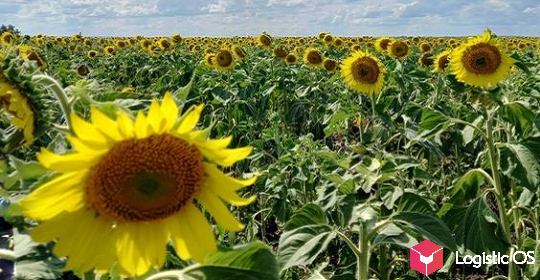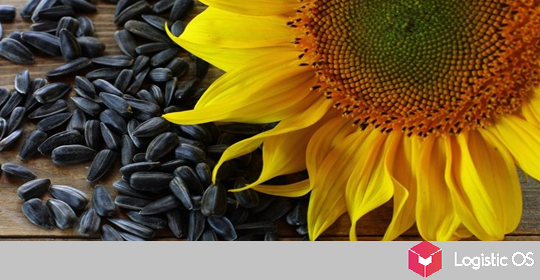Currently, the Far Eastern Federal District is the leading soybean producer in Russia, but processing capacity is still lacking.
So far, in the Far East, no more than 30% of the volumes of soybeans that can be collected here are processed, and this state of affairs cannot be considered satisfactory; it needs to be changed, the Ministry of Agriculture notes.
It is the development of the soybean processing industry that should become the main task of the Far Eastern agro-industrial complex in the coming years.
The ultimate goal is to ensure that all soybeans produced in the region can be processed there.
For this purpose, the Far Eastern Federal District is actively looking for and attracting investors, including foreign ones, however, regional authorities also provide significant support.
And this is no coincidence, because soybean is the dominant crop of the Far East. The entire alternative protein market is 60% based on it.
In addition, soybeans and soybean oil are key items in the structure of exports of the Far East. Most of the products go to China.
At the moment, most soybeans are produced in the Amur region, which is part of the Far Eastern Federal District.
It is noteworthy that in the Amur region, up to 75% of all sown areas are sown with soybeans.
It accounts for about 70% of the total soybean production in the Far East, and about 25% of the total production of this type of product in the country.
Last year, the Far East produced 2.3 million tons of soybeans, which is a significant part of the 6 million tons that were produced in Russia.
What are the prospects for recycling?
Currently, the Far Eastern capacities allow processing up to 700 thousand tons per year.
To improve the situation, the construction of a large oil extraction plant is already beginning in the same Amur region.
It is planned that the plant will be launched in 2026 — therefore, it will be able to process products from 2025.
The design capacity of the plant is 1 million tons of soybeans per year. The construction of the facility is being carried out by the Sodrugestvo group of companies.
This will be a very serious contribution to soybean processing: volumes will more than double compared to the current level.
However, one such plant is still not enough to fully cover the need for soybean processing (taking into account the prospects for increasing the volume of its cultivation); at least one more similar facility will be required.
In general, the regional authorities note that if the problem with soybean processing is eliminated, this will help greatly increase income from its exports, so this issue should be actively addressed in order to solve it as quickly as possible.

